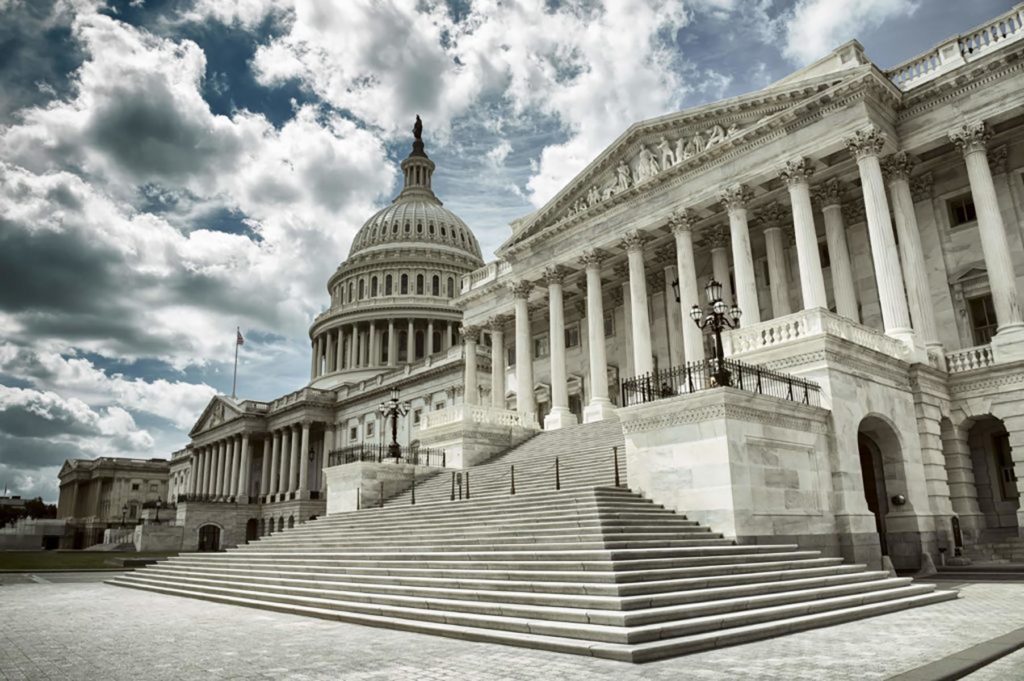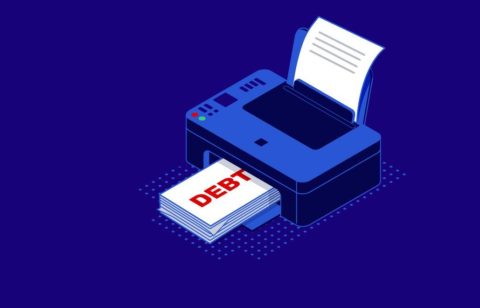Like many other Americans, you’re trying to tackle your excessive credit card and student loan debt, and you’ve decided to use debt consolidation. The next step is to determine how you’re going to consolidate your debts. Certain Federal programs can help you, and there are several ways to consolidate your debt with private lenders as well. Each option has its own advantages and limitations.
Let’s look at the government and private debt consolidation processes, so you have a better understanding of the many options that are available.
The Federal Government and debt consolidation
Don’t overlook the Government as an option to help you pay off debt. Receiving a grant could be tricky, but it’s worth a shot, while numerous loan options are available to help those in debt.
Federal grants
The Federal Government issues billions of dollars in grants every year. While it is a long shot, and takes some legwork, it doesn’t hurt to apply for a Federal Grant in an attempt to consolidate debts. In addition, since you don’t have to pay grants back, obtaining one and paying off all outstanding debt with it would be extremely advantageous.
Obtaining Federal grants is challenging, but it’s worth checking out. It may also be worthwhile to research how to apply for grants if you plan to pursue one.
Federal loans
The Federal government also has two kinds of debt consolidation loans, both of which you can use to consolidate student debt. However, these loans do offer opportunities to consolidate at least some credit card debt as well. For example, you can use a Federal Family Education Loan (FFEL) to consolidate any credit card debt directly related to educational expenses. Since students and families often rack up considerable credit card debt related to college, this may be an attractive route to consider.
The funds for FFEL loans derive from private lenders, such as credit unions and banks, but are supported and subsidized by the US Department of Education. The interest rate for an FFEL is a weighted average, based on the loans you’re consolidating, then rounded to the closest 1/8 of 1%. It cannot be more than 8.25%. This interest rate is almost certainly lower than that carried on most credit cards, so using an FFEL to consolidate debt can help make paying off your credit cards far more manageable.
The second type of Federal debt consolidation loan is the Federal Direct Student Loan Program, which rolls all eligible student loans into a single loan. The benefits of this loan include reduced monthly payments and the fact that you can retain any subsidies you have on the previous student loans you obtained. Again, this can help you tackle an excessive debt burden while still leaving room in the monthly budget for other bills.
Private lenders and debt consolidation
While some borrowers may choose to work with Federal programs to consolidate their debts, others choose to obtain a debt consolidation loan from private lenders, such as banks and credit unions. There are two types of debt consolidation loans widely available to consumers: secured and unsecured.
Secured debt consolidation loans
Secured loans require that you pledge an asset to secure the loan. The most common type of secured loan is a home equity loan. When using a home equity loan, you borrow money using your home as collateral, usually at a low interest rate and an extended payback period. You then use that loan to consolidate all your credit card debt. In addition to having lower monthly payments and interest expenses, many home equity loans also allow borrowers to deduct the loan’s interest on their Federal income tax returns as well. However, if you default on the loan, the home used as collateral could be at risk.
Unsecured debt consolidation loans
An unsecured loan is one that doesn’t require that you pledge an asset. The most common type of unsecured loan is a personal loan. Those carrying excessive amounts of debt may find obtaining an unsecured loan extremely difficult. It may also be challenging to secure a personal loan with an interest rate low enough to make debt consolidation advantageous. However, defaulting on one of these loans carries slightly less risk to your personal assets than a secured loan does. Many consumers just choose to consolidate all their credit card debts into a new, single credit card with a low or 0% introductory rate and then concentrate on paying that off before the rate reverts to normal.
Millions of Americans use debt consolidation to address excessive credit card and student loan debt. Some of these borrowers pursue government programs to assist with debt consolidation, while many more work with private lenders to obtain loans. There are advantages and disadvantages to each debt consolidation option. Make sure you talk to a trusted expert and choose the debt consolidation method for your needs.





